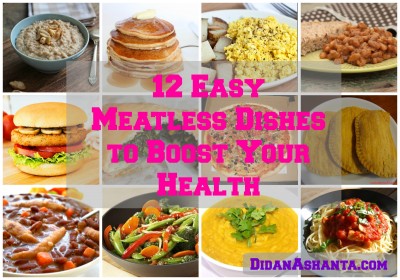So, one of the most frequently asked question about eating plant-based is, “What do you eat, then?” Many persons have …

Didan Ashanta – Resilience and Reinvention Expert
Discover a sanctuary where stress transforms into resilience and reinvention. Resilient Horizons offers a unique blend of guidance for plant-based living, black homeschooling, and fostering a sense of belonging for international students and professionals living, working, and studying abroad. Join us to navigate the challenges of living abroad and unlock your full potential in every aspect of life.
Didan Ashanta – Resilience and Reinvention Expert
Discover a sanctuary where stress transforms into resilience and reinvention. Resilient Horizons offers a unique blend of guidance for plant-based living, black homeschooling, and fostering a sense of belonging for international students and professionals living, working, and studying abroad. Join us to navigate the challenges of living abroad and unlock your full potential in every aspect of life.

So, one of the most frequently asked question about eating plant-based is, “What do you eat, then?” Many persons have …

We have all heard it: we should eat smaller portions, eat fewer meals and snacks and watch our calories. But …

For the past 5 years, I have been enjoying renewed health and increased vibrance by maintaining a plant-based diet. Many …

You’ve just completed a hearty meal in a fine restaurant and the waiter returns with the menu, inviting you to …

Two months into the year, you’re probably debating which health-improving resolutions habits were too unrealistic to stick with. But, that doesn’t …